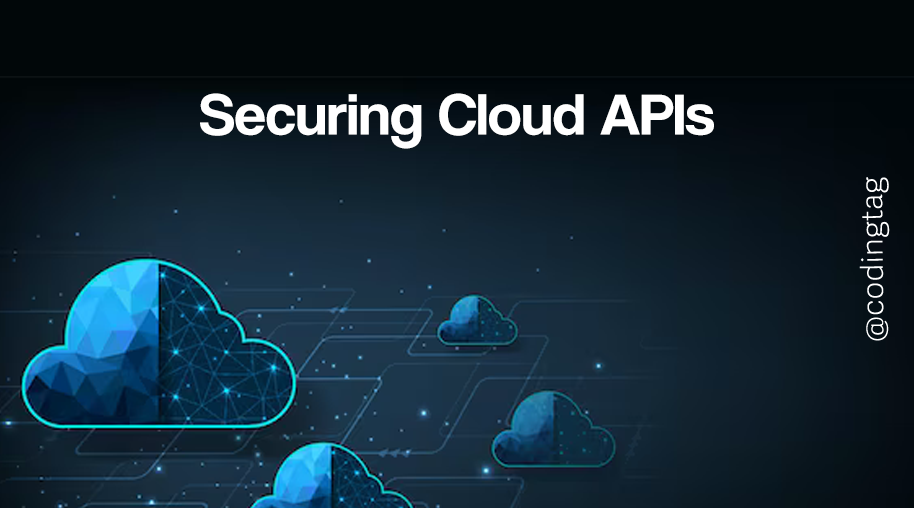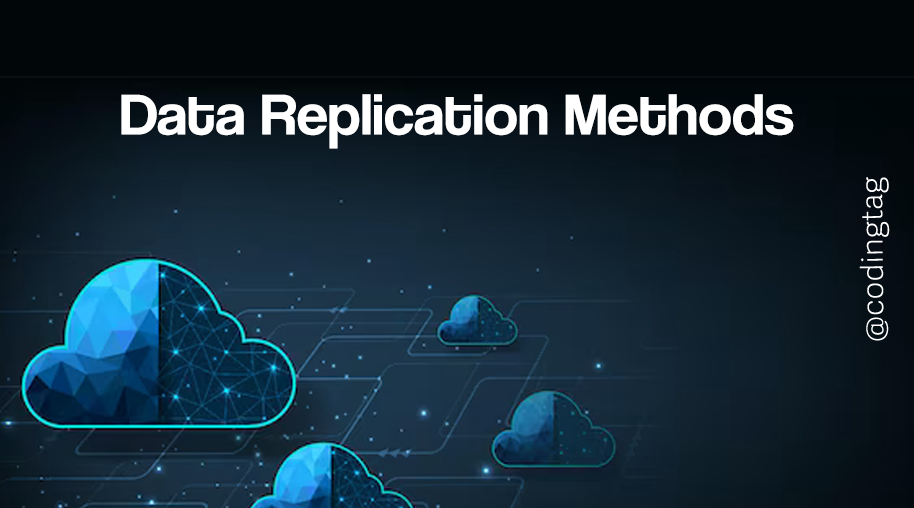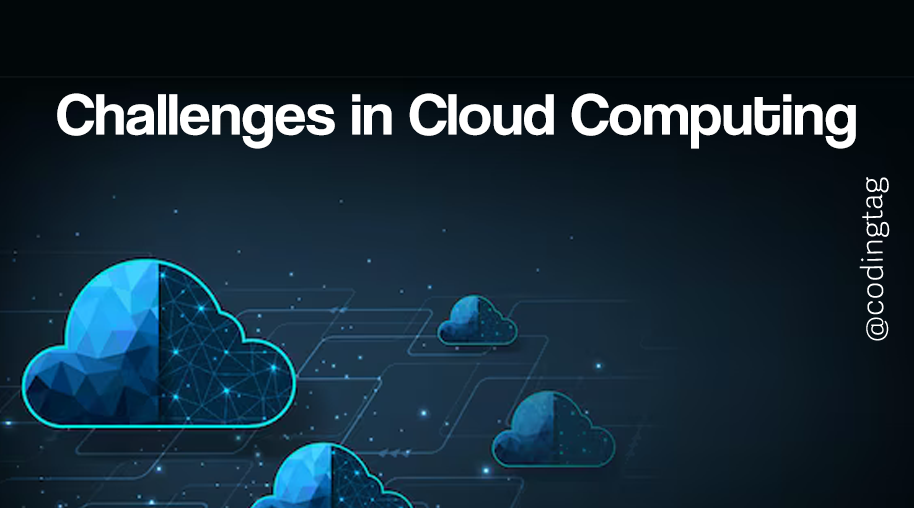Cloud Training Pipelines
0 509
Cloud Training Pipelines
In modern machine learning workflows, Cloud Training Pipelines have become essential for automating and scaling model training. These pipelines orchestrate the steps required to prepare data, train models, evaluate performance, and deploy them into production.
By leveraging cloud infrastructure, training pipelines ensure speed, reproducibility, and seamless integration with MLOps practices.
What Are Cloud Training Pipelines?
A cloud training pipeline is a structured, automated flow of tasks in the machine learning lifecycle, executed in a cloud environment. These tasks typically include data ingestion, preprocessing, model training, tuning, evaluation, and deployment. Cloud providers like AWS, GCP, and Azure offer managed services to define, run, and monitor these pipelines without needing to manage the infrastructure manually.
Why Use Cloud Training Pipelines?
- Scalability: Handle massive datasets and high compute workloads effortlessly.
- Automation: Reduce manual errors by automating every ML step.
- Versioning: Track data, code, and model versions easily.
- Reusability: Pipelines can be reused across experiments and teams.
- Cost-Efficiency: Use pay-as-you-go resources with serverless execution.
Core Components of a Training Pipeline
A typical training pipeline includes:
- Data Ingestion: Loading raw data from cloud storage or databases.
- Preprocessing: Cleaning, transforming, and splitting datasets.
- Training: Running model training jobs with configurable parameters.
- Evaluation: Measuring accuracy, loss, and other metrics.
- Model Registry: Saving the best-performing model versions.
- Deployment: Pushing trained models to prediction endpoints.
Example: Training Pipeline on Google Cloud Vertex AI
Let’s see how a pipeline is defined using GCP’s Vertex AI and Kubeflow Pipelines:
from kfp.v2 import dsl
from google_cloud_pipeline_components import aiplatform as gcc_aip
@dsl.pipeline(
name="training-pipeline-example",
description="An example ML pipeline on Vertex AI"
)
def pipeline():
training_job = gcc_aip.CustomTrainingJobOp(
project="your-project-id",
display_name="model-training",
worker_pool_specs=[{
"machine_spec": {
"machine_type": "n1-standard-4"
},
"replica_count": 1,
"python_package_spec": {
"executor_image_uri": "gcr.io/your-project/training-image",
"package_uris": ["gs://your-bucket/code/trainer.tar.gz"],
"python_module": "trainer.task",
"args": ["--epochs", "10", "--batch-size", "32"]
}
}]
)
deploy_model = gcc_aip.ModelDeployOp(
model=training_job.outputs["model"],
deployed_model_display_name="deployed-model",
endpoint="your-endpoint"
)
AWS SageMaker Pipeline Example
Here’s a simplified version of an AWS SageMaker pipeline using Python SDK:
from sagemaker.workflow.pipeline import Pipeline
from sagemaker.workflow.steps import TrainingStep
from sagemaker.estimator import Estimator
estimator = Estimator(
image_uri="your-custom-image",
role="SageMakerRole",
instance_count=1,
instance_type="ml.m5.large"
)
step_train = TrainingStep(
name="TrainModel",
estimator=estimator,
inputs={"train": "s3://your-bucket/train"}
)
pipeline = Pipeline(
name="ml-training-pipeline",
steps=[step_train]
)
pipeline.upsert(role_arn="SageMakerRole")
pipeline.start()
Monitoring and Logging
All major cloud platforms provide integrated logging and monitoring features. Vertex AI uses Cloud Logging and Cloud Monitoring, AWS leverages CloudWatch, and Azure integrates with Application Insights to track pipeline health and metrics in real-time.
Version Control with Pipelines
Pipelines support experiment tracking by versioning training code, data, and model artifacts. Tools like MLflow, DVC, and native integrations (like Vertex AI Experiments) allow you to compare pipeline runs and track model lineage for reproducibility.
Best Practices
- Separate preprocessing and training steps for modularity.
- Use parameterization for hyperparameter tuning.
- Trigger pipelines via CI/CD systems like GitHub Actions or Cloud Build.
- Clean up temporary cloud resources after pipeline execution.
Conclusion
Cloud Training Pipelines transform how we develop and deploy machine learning models by providing an automated, reproducible, and scalable workflow. Whether you're using GCP Vertex AI, AWS SageMaker, or Azure ML, these pipelines offer immense flexibility and reliability for building production-grade ML systems. Start simple, iterate fast, and scale intelligently with cloud-native ML pipelines.
If you’re passionate about building a successful blogging website, check out this helpful guide at Coding Tag – How to Start a Successful Blog. It offers practical steps and expert tips to kickstart your blogging journey!
For dedicated UPSC exam preparation, we highly recommend visiting www.iasmania.com. It offers well-structured resources, current affairs, and subject-wise notes tailored specifically for aspirants. Start your journey today!

Share:







Comments
Waiting for your comments